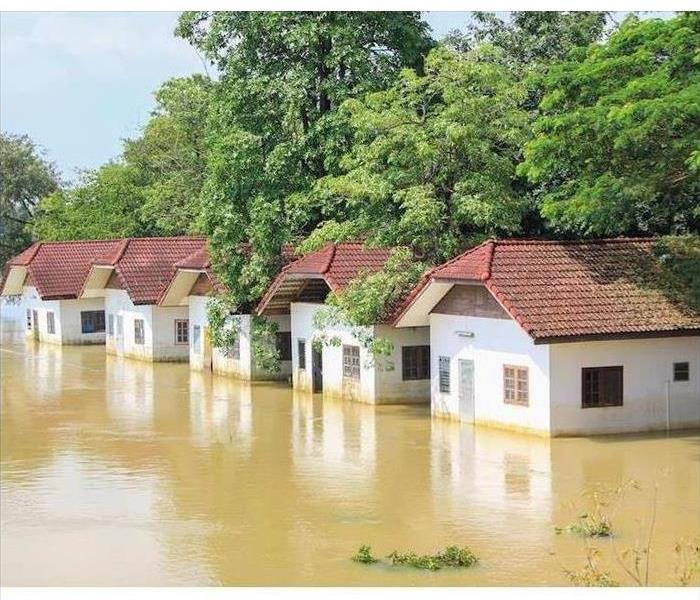How Applied Structural Drying Can Help to Heal Storm Damage in RGV Properties
1/3/2020 (Permalink)
Perla Chapa ~ Marketing Support Coordinator.
Complete Drying can Help to Prevent Secondary Damage
The term Applied Structural Drying refers to one of the most sophisticated methods used by modern water damage restorers. It provides a non-evasive form of drying after structural components in a home have been compromised by flooding.
A series of highly specialized tools are used, in a sequential manner, to extract the moisture from materials like drywall and return them back to their original condition. A.S.D (Applied Structural Cleaning) is critical because it allows homeowners to recover from storm damage in R.G.V properties and keep the cost of water damage low by salvaging as much as possible.
This guide to the four key stages of Applied Structural Drying will explain why it is a powerful weapon in the fight against storm damage.
Extraction
The first stage of A.S.D is always straightforward and complete extraction. If you choose to work with the experts at SERVPRO, you’ll benefit from a fast and speedy response. We understand that the longer standing water remains, the more destructive it gets. So, our technicians will start packing up pumps and heading out to your location as soon as we’ve taken your call. The pumps are powerful and can remove liquid at a surprisingly rapid rate.
Evaporation by Airflow
The next stage is to bring in industrial air movers and high powered fans. These machines are placed around the damp area and circulate clean, dry air throughout the space. In some cases, the carpet is lifted, in order to dry out sub flooring materials.
Evaporation by Dehumidifiers
Any vapor or moisture in the air is then captured with the use of dehumidifying devices. These machines circulate the heavy, wet air and direct it over specific ‘collection’ components. The water molecules are either cooled until they become liquid again (and can be contained) or they are passed into a silica gel desiccant.
Temperature Regulation
This final stage doesn’t actually represent the end of the A.S.D process. It occurs throughout. The SERVPRO technicians must work hard to maintain an optimal temperature in the rooms where the dehumidifiers and air movers are placed. Some machines operate most efficiently under certain conditions and they are sustained while drying is being carried out. A portion of your home may need to be sectioned off and contained in order to achieve this.
If you would like to learn more about the tools and machines used for storm damage restoration, you can easily get in touch with our team. They have spent years dealing with both minor and very severe cases of water damage. SERVPRO of McAllen is based in your area, so we are the best choice for emergency repairs. Call 24/7 at (956) 631-0348.






 24/7 Emergency Service
24/7 Emergency Service
